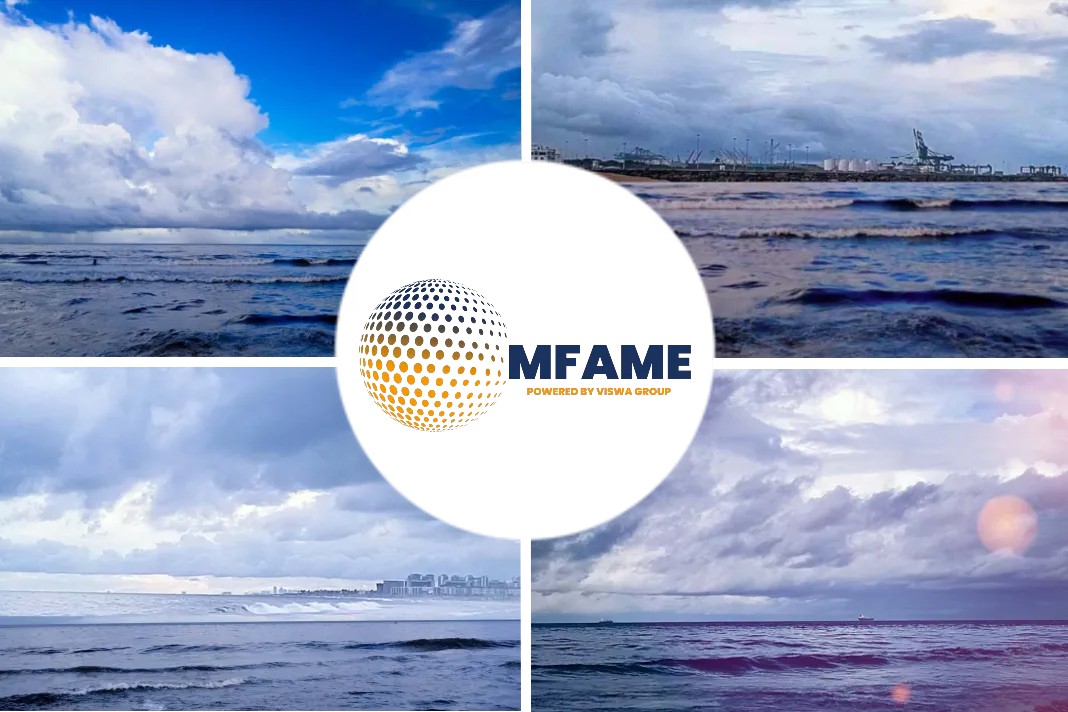New cylinder lubricants and additives are being launched on to the market to tackle fuel quality and engine concerns around 2020-compliant very low-sulphur fuel oil (VLSFO), reports Marine Propulsion.
Shell Alexia 40
Shell Marine has become the latest cylinder oil supplier to add a base number (BN) 40 lubricant for two-stroke engines running on 0.5% sulphur fuel oil once IMO’s global cap comes into force next year.
Shell Alexia 40 has been tested for thousands of hours on four ships with modern engines running on ‘representative’ compliant fuels.
Shell Alexia 40 will be available for use in Singapore from 1 June 2019 and will be introduced to other main supply ports before 1 January 2020.
It joins Alexia 25 in Shell’s 2020 line-up: the BN25 product is destined for use with 0.1% sulphur fuels used in emission control areas (ECA) and with gas-fuelled engines.
Performance fully tested
“Owners transitioning to post-IMO 2020 marine fuels need peace of mind over the condition and performance of their engines,” said Shell Marine regional sales manager for ASEAN and South Asia Shaw Siang Hew.
“Shell Alexia 40’s performance has been fully tested on representative VLSFOs and engines for the operating conditions owners will actually face.”
Other lubricants available
The 2020 portfolio strategy amongst cylinder oil providers has been broadly similar with a few exceptions.
ExxonMobil
ExxonMobil is advocating the use of its BN40 product Mobilgard 540, launched last October, for both 0.1% and 0.5% sulphur fuels, while a separate product for use with LNG is under development.
Total Lubmarine
Total Lubmarine offers a BN25 product for use with 0.1% sulphur fuels and gas engines, while lubricants for other fuels are based on the age of the engine and corrosive conditions.
Chevron Oronite
Additive companies are also launching products to tackle perceived challenges with 0.5% sulphur fuels.
Chevron Oronite has introduced a new additive package for blending BN40 cylinder oils. OLOA 49835 is suitable for compliant fuel blends, including intermittent use of fuels with 0.1% sulphur ECA fuels.
Chevron Oronite marine technology manager Maarten Boons said: “We focused our development efforts on three main areas: optimised components, consideration of future base oil compositions, and extensive testing. The 0.5% sulphur fuel used in our field tests was especially blended to meet the fuel requirements starting in 2020.”
Lubricant minimises ash particles
A lubricant with the appropriate BN level can help minimise ash particles in the exhaust, potential for hard deposits on piston tops, and risk of cylinder liner scuffing.
As reported, main engine designers have conflicting opinions on the impact that low-sulphur fuels have on cylinder condition.
Potential issues with new VLSFOs
Speciality chemicals company Lubrizol has also acknowledged that stability, compatibility, combustibility and asphaltene precipitation have been cited as potential issues when using the new VLSFOs.
The company will be introducing additive packages to address the impact these could have on engine condition.
“It is clear that some features of VLSFOs introduce variability that will require lubricants with improved deposit handling performance,” said Lubrizol technology manager, marine diesel engine oils Harriet Brice. “We have been able to identify and address these issues.”
Did you subscribe to our daily newsletter?
It’s Free! Click here to Subscribe!
Source: MPropulsion

















